
| Date: | Wednesday 8 March 2017 |
| Time: | 14:52 |
| Type: |  McDonnell Douglas MD-83 |
| Owner/operator: | Ameristar Jet Charter |
| Registration: | N786TW |
| MSN: | 53123/1987 |
| Year of manufacture: | 1992 |
| Total airframe hrs: | 41008 hours |
| Cycles: | 39472 flights |
| Engine model: | Pratt & Whitney JT8D-219 |
| Fatalities: | Fatalities: 0 / Occupants: 116 |
| Aircraft damage: | Substantial, written off |
| Category: | Accident |
| Location: | Detroit-Willow Run Airport, MI (YIP) -
 United States of America United States of America
|
| Phase: | Take off |
| Nature: | Passenger - Non-Scheduled/charter/Air Taxi |
| Departure airport: | Detroit-Willow Run Airport, MI (YIP/KYIP) |
| Washington-Dulles International Airport, DC (IAD/KIAD) | |
| Investigating agency: | NTSB |
| Confidence Rating: |
A McDonnell Douglas MD-83, registration N786TW, suffered a runway excursion following an aborted takeoff from runway 23L at Detroit-Willow Run Airport, Michigan, USA. The aircraft had been chartered by the University of Michigan Basketball team for a flight to a game in Washington, DC.
The flight crew prepared for take-off and calculated V-speeds (V1, VR, V2) using "Normal Thrust Takeoff", a 10 kts headwind, and a take-off weight of 146,600 lbs. The V-speeds for this configuration were 139 kts, 142 kts, and 150 kts, respectively. However, the flight crew chose to increase VR to 150 kts to allow for more control during take-off in the presence of windshear.
During takeoff roll, at 14:51:56 (about 3,000 ft down the runway) and about 138 kts of airspeed, the control column was pulled back slightly from a non-dimensional value of -7 to -5.52. The airplanes left elevator followed the control input and moved from a position of -15° trailing edge down to -13° trailing edge down. The right elevator did not change and stayed at approximately -16° trailing edge down. At 14:52:01 a large control column input was made (151 kts and 4100 ft down the runway) to a non-dimensional 18.5 and the left elevator moves to a position near 15° trailing edge up. After 14:52:05 the right elevator moves to -13° trailing edge down, but no more. The airplane does not respond in pitch and does not rotate. The captain decided to abort the takeoff.
The maximum groundspeed was 163 kts (173 kts airspeed) and the airplane began to decelerate as soon as the brakes were applied at 14:52:08. Spoilers were deployed at 14:52:10 and thrust reversers were deployed between 14:52:13 and 14:52:15. The aircraft could not be stopped on the runway. The airplanes ground speed was 100 kts when it left the paved surface.
The aircraft overran the end of the runway, damaged approach lights, went through the perimeter fence and crossed Tyler Road.
It came to rest on grassy terrain, 345 meters past the end of the runway, with the rear fuselage across a ditch. The nose landing gear had collapsed.
Runway 23L is a 7543 ft long runway.
Post-accident examination by the NTSB revealed movement of the control column in the cockpit appeared normal; the control columns were free to move, and the elevator control tabs moved as commanded. However, when investigators tried to move the elevator surfaces by hand, the left elevator moved normally, but the right elevator was jammed in a trailing edge-down position (airplane nose down). Upon further inspection, the right elevator geared tab inboard pushrod linkage was found damaged which restricted movement of the right elevator surface but allowed movement of the control tab. After the damaged components were removed, the elevator could be moved by hand.
Examination of the flight data recorder data indicates that during the taxi and take-off roll, the left elevator moved normally, but the right elevator did not move. During takeoff roll, the left elevator began a large airplane nose-up movement (consistent with rotation) at an airspeed of about 152 knots and continued for five seconds to about 166 knots. There was no change in the airplane pitch attitude during this time. The airplane data then are consistent with the takeoff being rejected. The maximum recorded airspeed was about 173 knots.
Review of previous flight data showed normal movement of both the left and right elevator surfaces. The airplane flew to Ypsilanti two days before the accident.
Probable Cause: "The NTSB determines that the probable cause of this accident was the jammed condition of the airplanes right elevator, which resulted from exposure to localized, dynamic wind while the airplane was parked and rendered the airplane unable to rotate during takeoff. Contributing to the accident were (1) the effect of a large structure on the gusting surface wind at the airplanes parked location, which led to turbulent gust loads on the right elevator sufficient to jam it, even though the horizontal surface wind speed was below the certification design limit and maintenance inspection criteria for the airplane, and (2) the lack of a means to enable the flight crew to detect a jammed elevator during preflight checks for the Boeing MD-83 airplane. Contributing to the survivability of the accident was the captains timely and appropriate decision to reject the takeoff,
the check airmans disciplined adherence to standard operating procedures after the captain called for the rejected takeoff, and the dimensionally compliant runway safety area where the overrun occurred."
METAR:
16:53 UTC / 11:53 local time:
KYIP 081653Z 26035G50KT 10SM CLR 11/M11 A2981 RMK AO2 PK WND 26055/1639 SLP095 T01061106
17:53 UTC / 12:53 local time:
KYIP 081753Z A2979 RMK AO2 PK WND 24046/1656 SLPNO 58012 $
19:53 UTC / 14:55 local time:
KDTW 081953Z 26033G44KT 10SM FEW050 12/M14 A2980 RMK AO2 PK WND 24051/1926 SLP095 T01171144
Weather for Detroit Metro Airport, 13 km east of KYIP
Accident investigation:
 |
|
Sources:
WXYZ
FAA
M Live
NTSB
Location
Images:
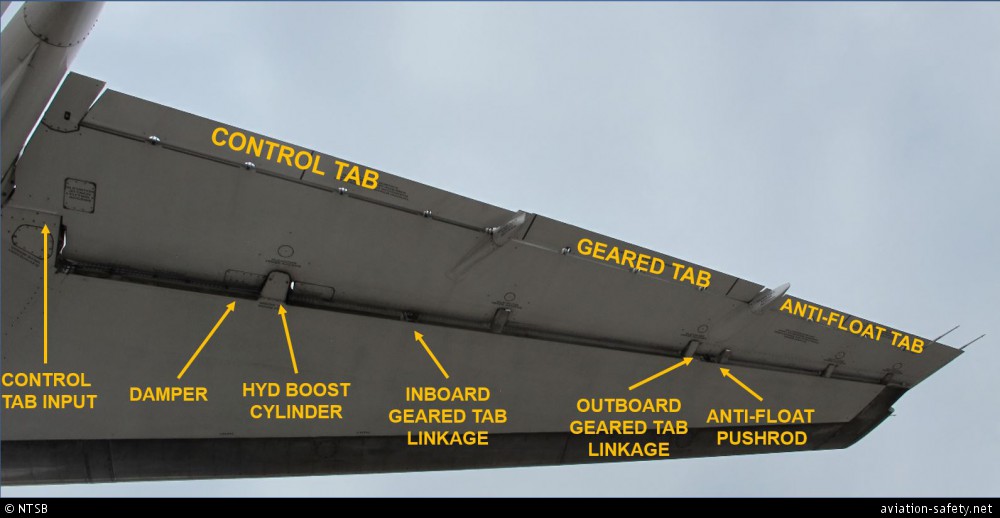
photo (c) NTSB; Detroit-Willow Run Airport, MI (YIP); March 2017; (publicdomain)
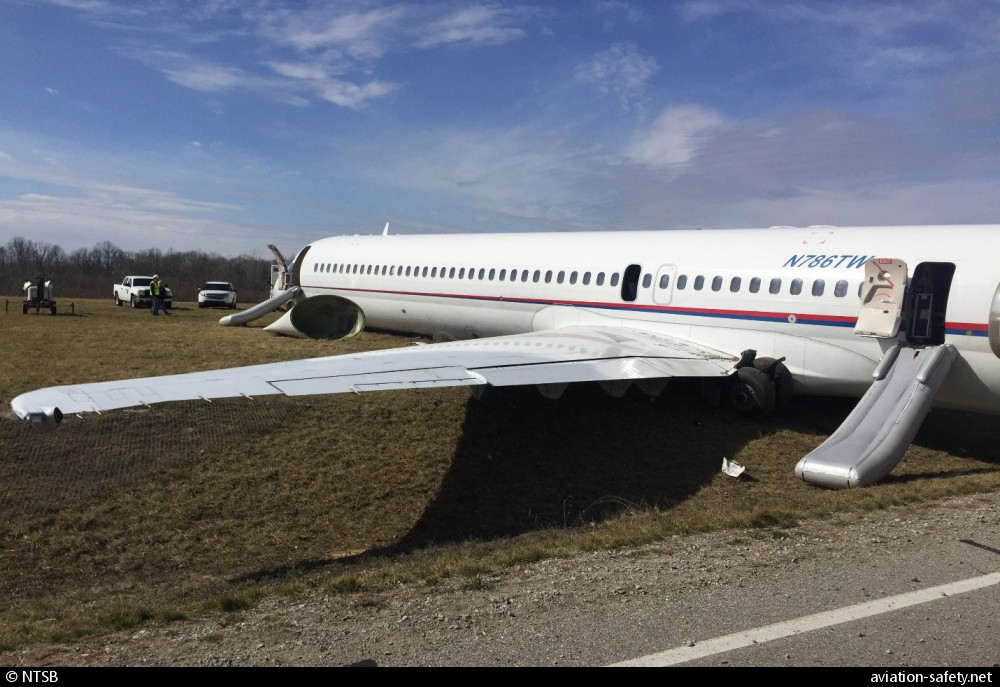
photo (c) NTSB; Detroit-Willow Run Airport, MI (YIP); March 2017; (publicdomain)
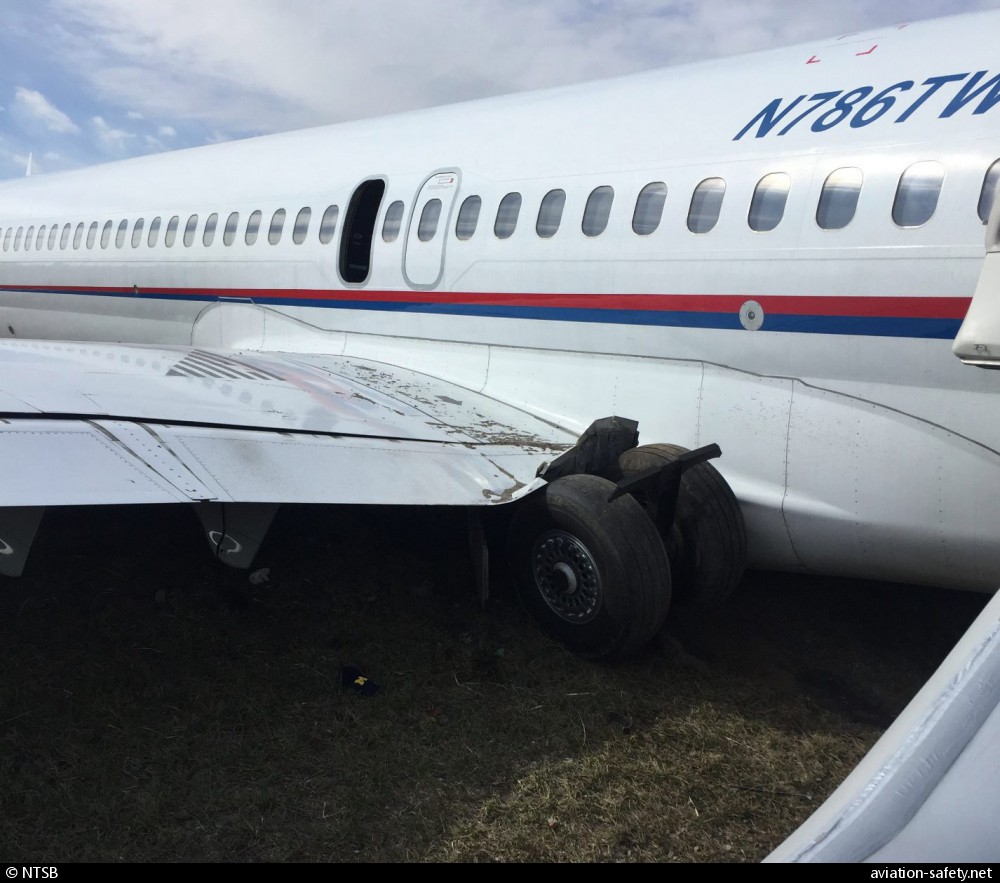
photo (c) NTSB; Detroit-Willow Run Airport, MI (YIP); March 2017; (publicdomain)
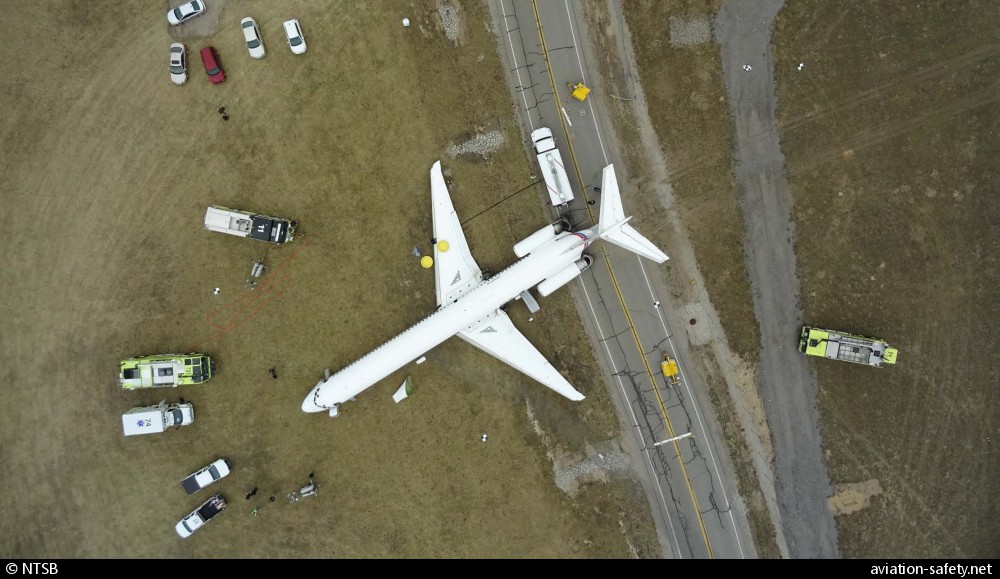
photo (c) NTSB; Detroit-Willow Run Airport, MI (YIP); March 2017; (publicdomain)
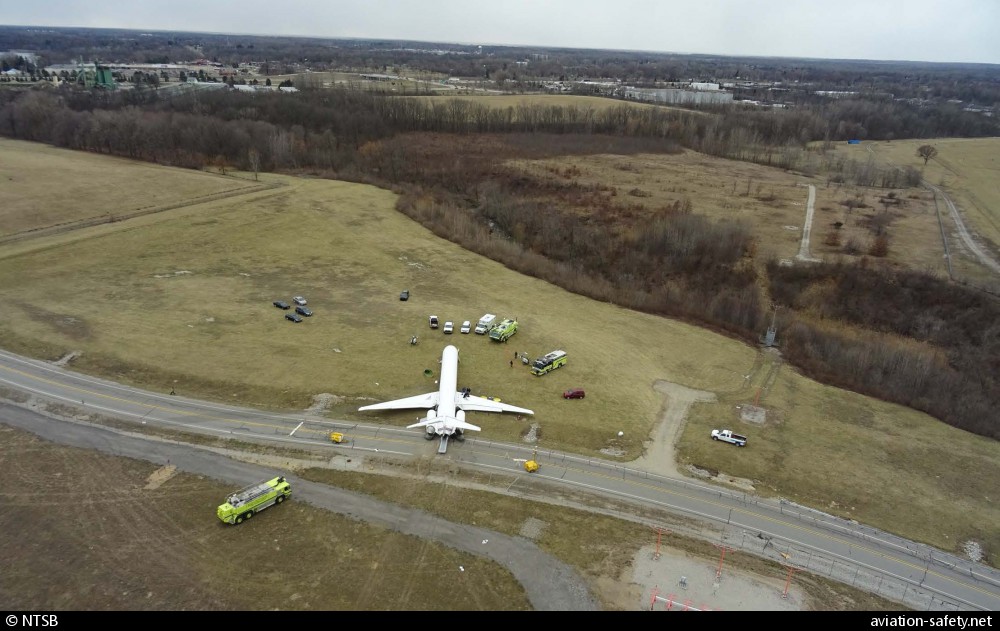
photo (c) NTSB; Detroit-Willow Run Airport, MI (YIP); March 2017; (publicdomain)
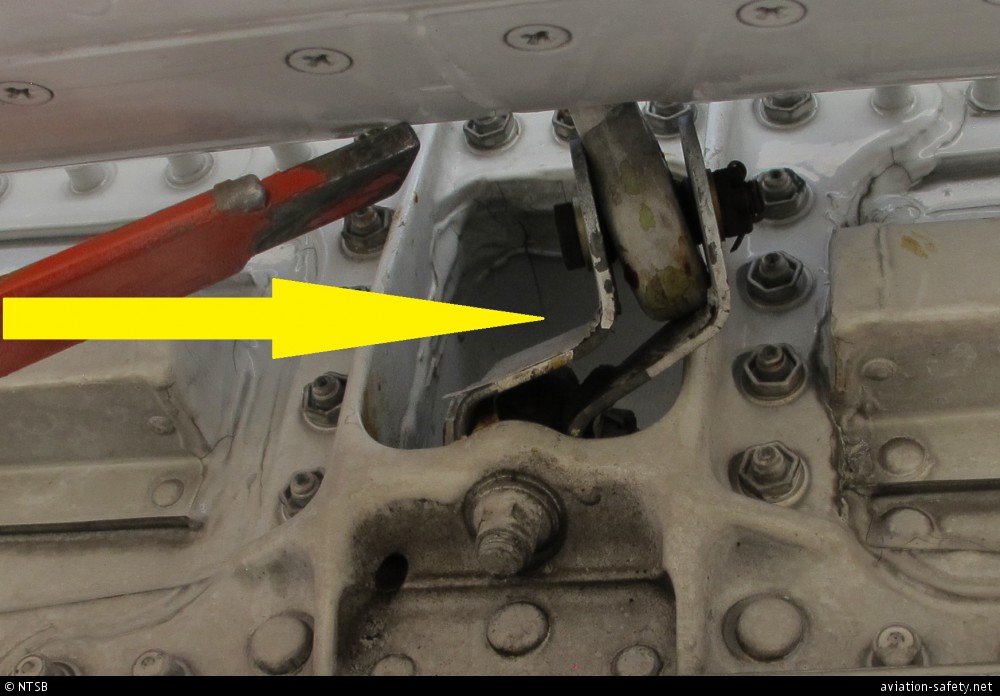
photo (c) NTSB; Detroit-Willow Run Airport, MI (YIP); March 2017; (publicdomain)
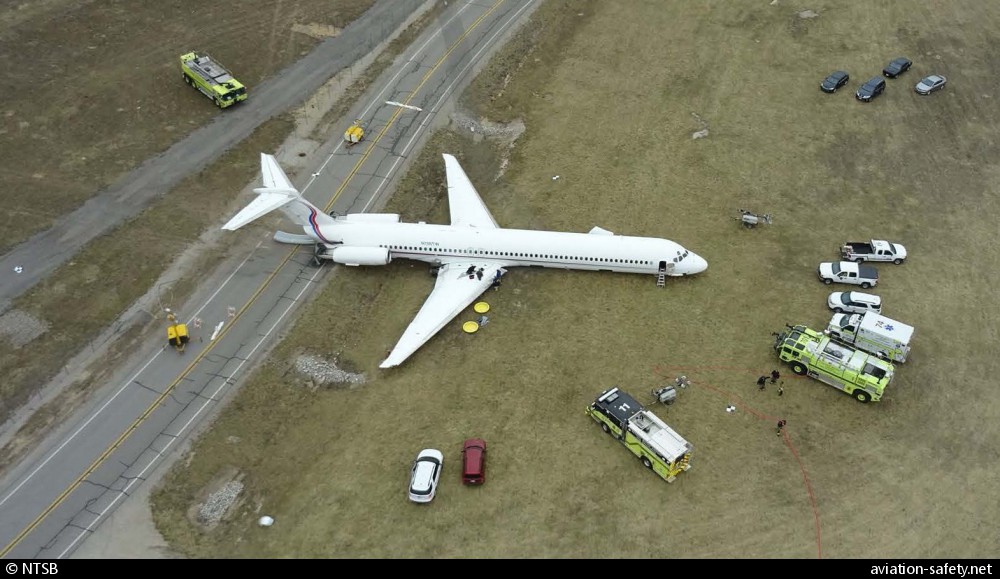
photo (c) NTSB; Detroit-Willow Run Airport, MI (YIP); March 2017; (publicdomain)
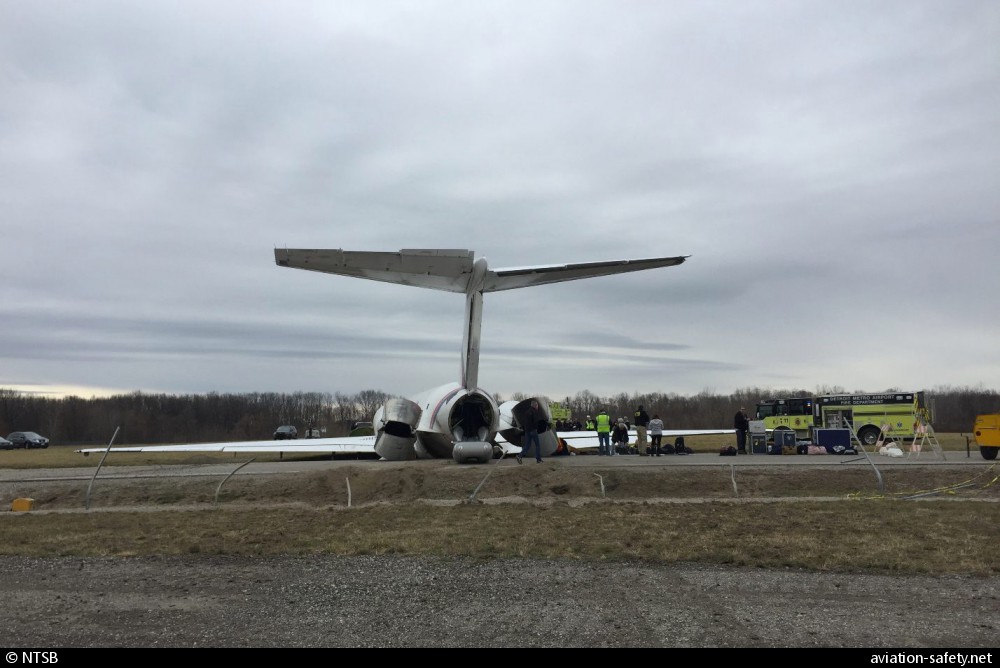
photo (c) NTSB; Detroit-Willow Run Airport, MI (YIP); March 2017; (publicdomain)
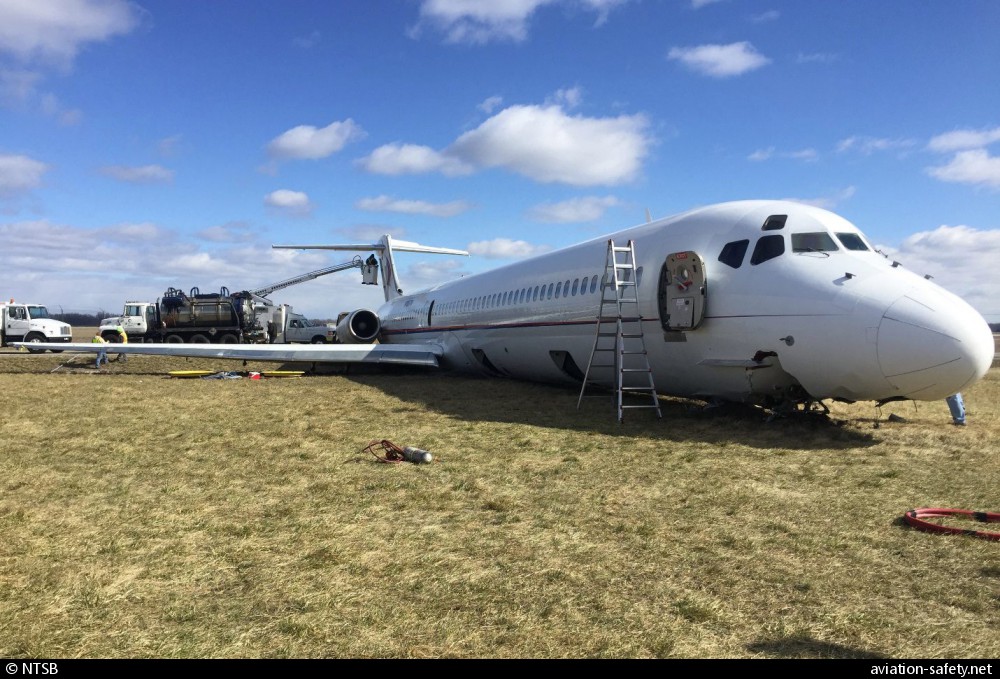
photo (c) NTSB; Detroit-Willow Run Airport, MI (YIP); March 2017; (publicdomain)
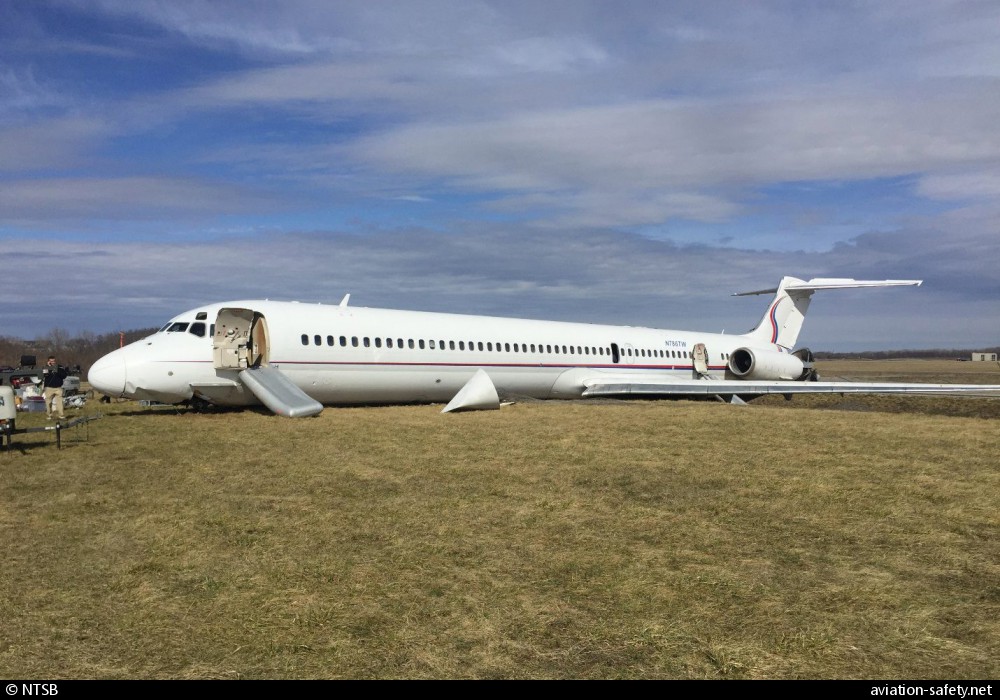
photo (c) NTSB; Detroit-Willow Run Airport, MI (YIP); March 2017; (publicdomain)
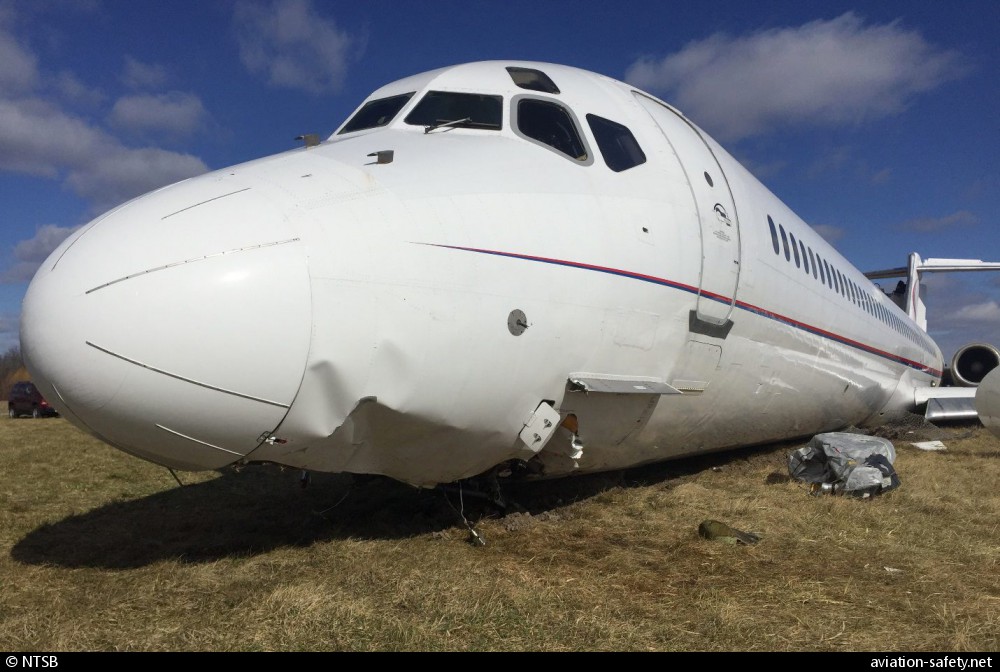
photo (c) NTSB; Detroit-Willow Run Airport, MI (YIP); March 2017; (publicdomain)
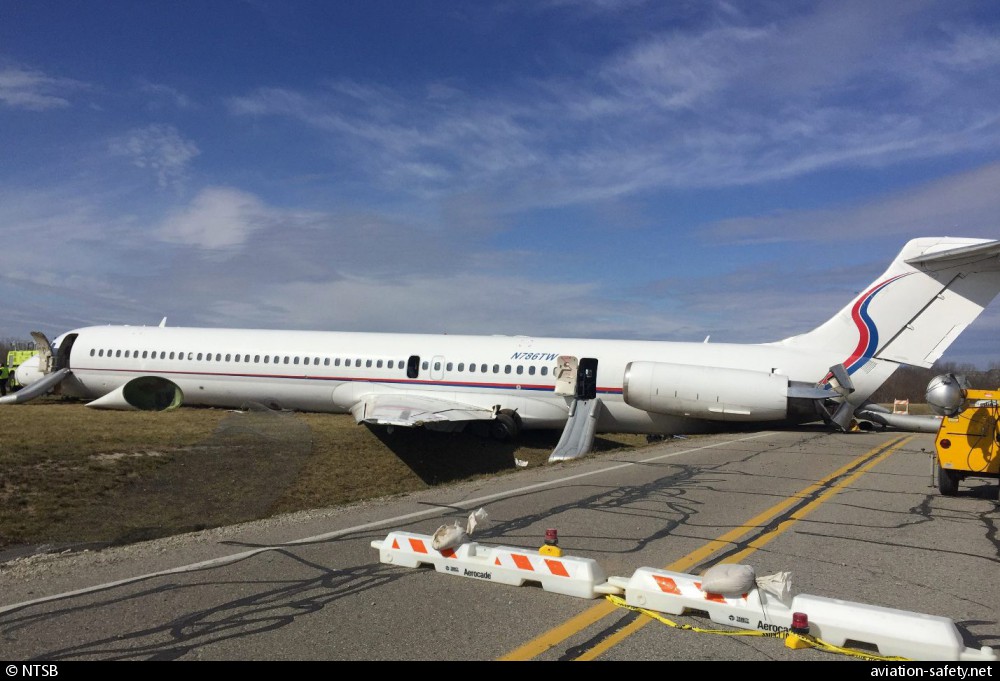
photo (c) NTSB; Detroit-Willow Run Airport, MI (YIP); March 2017; (publicdomain)
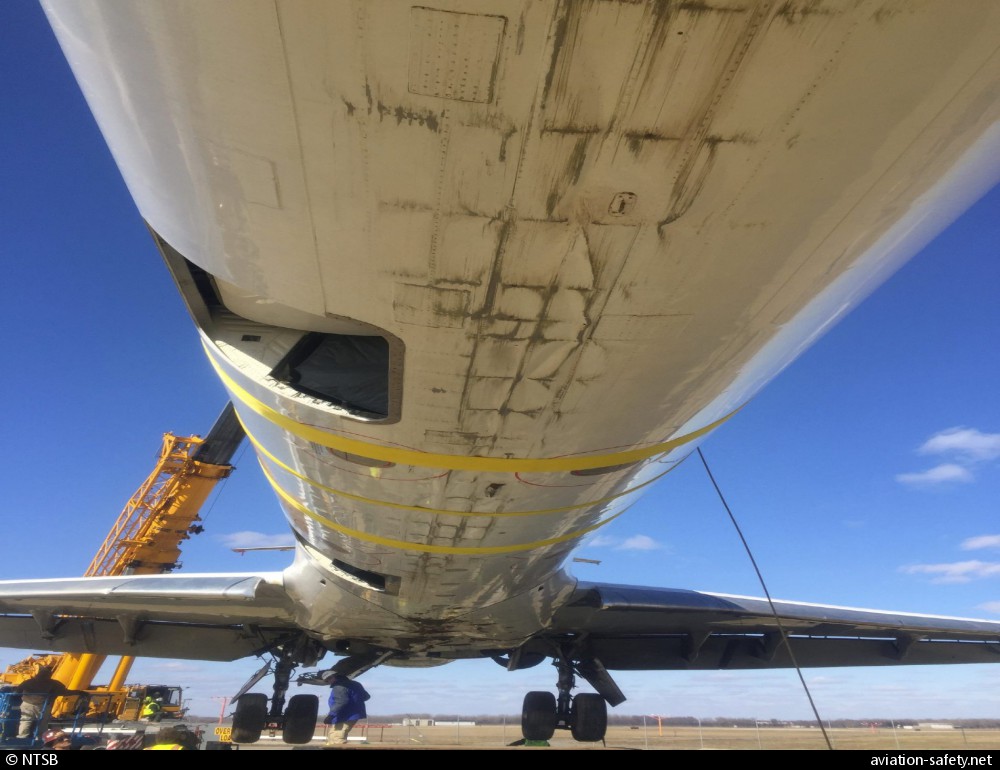
photo (c) NTSB; Detroit-Willow Run Airport, MI (YIP); March 2017; (publicdomain)
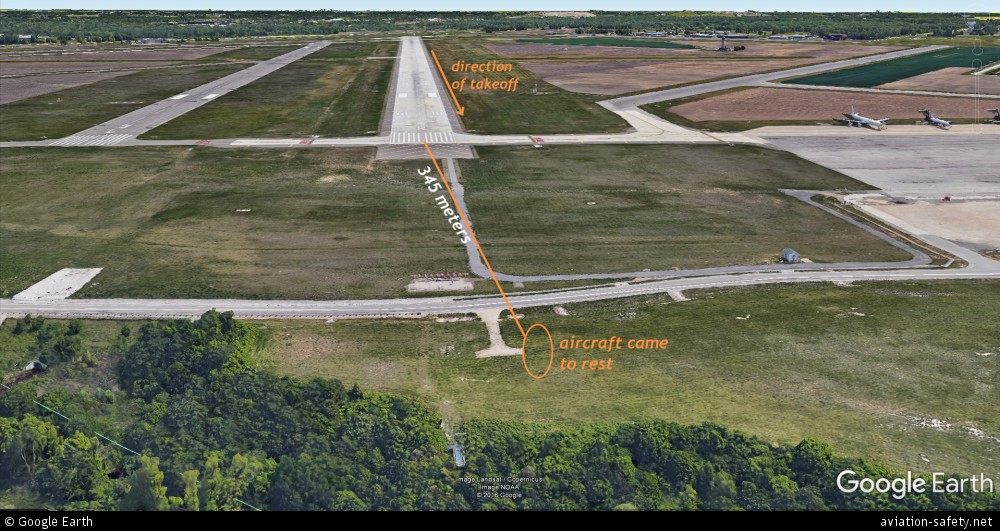
photo (c) Google Earth; Detroit-Willow Run Airport, MI (YIP); 08 March 2017
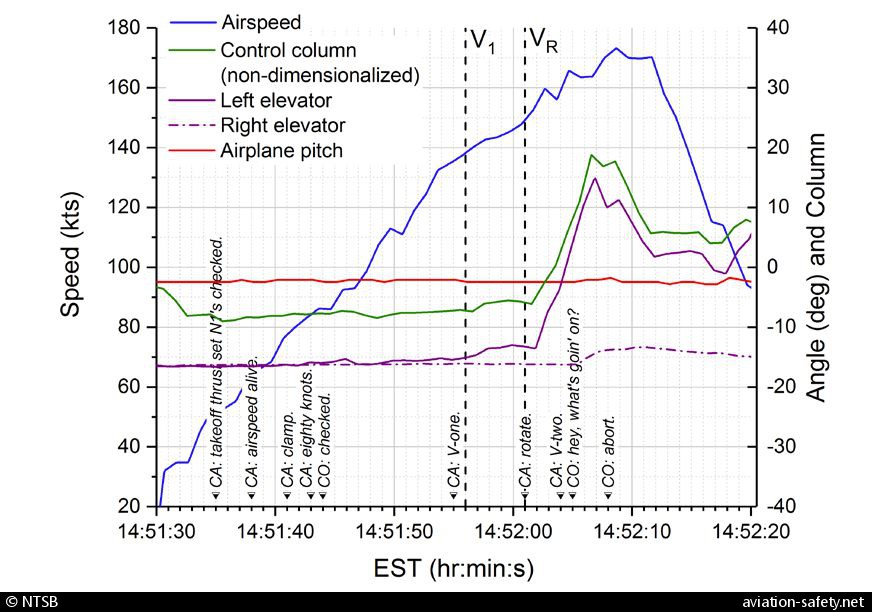
photo (c) NTSB; Detroit-Willow Run Airport, MI (YIP); 08 March 2017; (publicdomain)
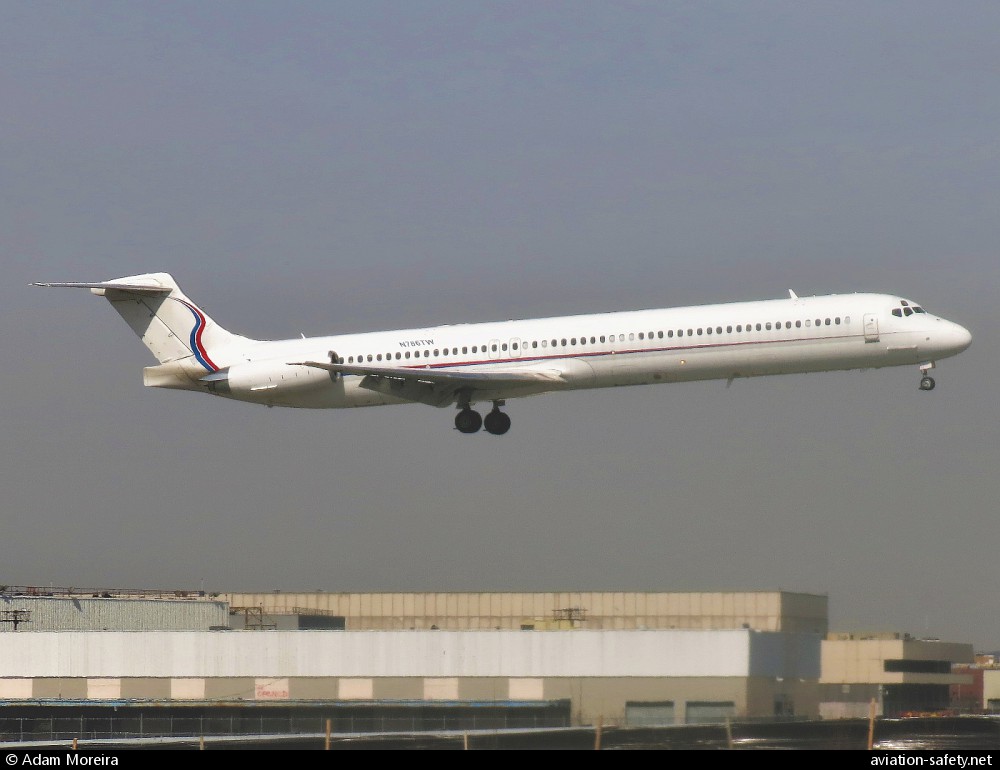
photo (c) Adam Moreira; New York-John F. Kennedy International Airport, NY (JFK/KJFK); 16 March 2016; (CC:by-sa)
Revision history:
| Date/time | Contributor | Updates |
|---|
The Aviation Safety Network is an exclusive service provided by:


 ©2024 Flight Safety Foundation
©2024 Flight Safety Foundation